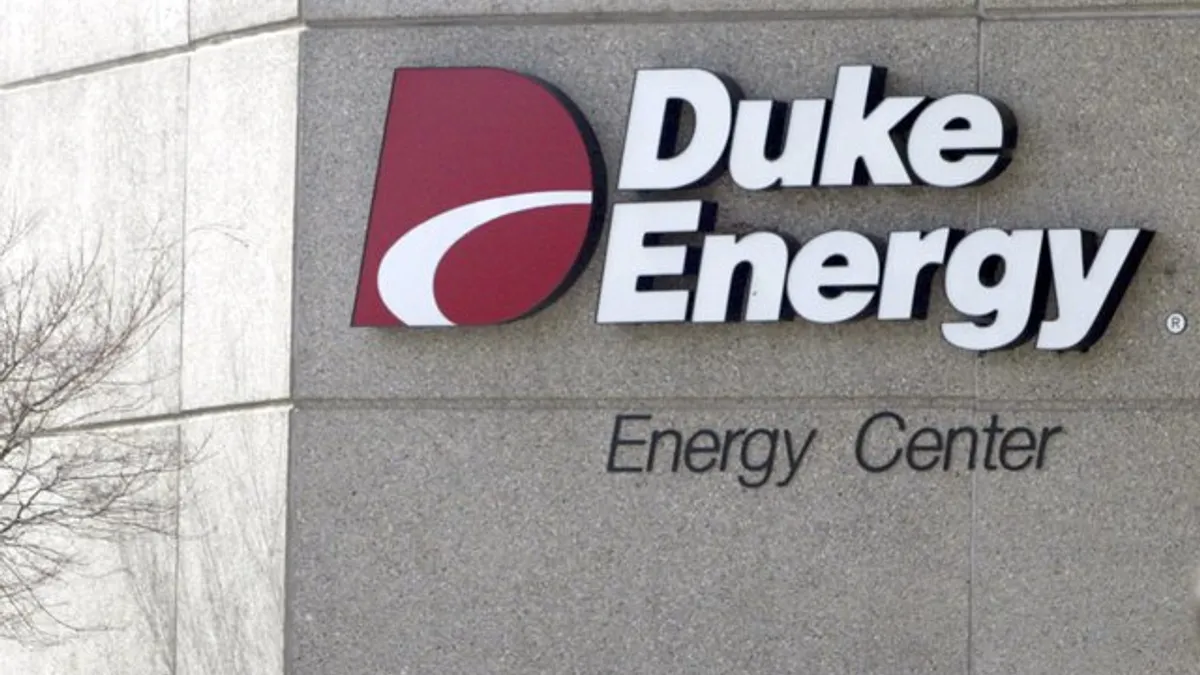Dive Brief:
- Charlotte, NC-based Duke Energy has been cited for two violations at its Asheville Regional Airport coal ash deposit site — marking three citations in seven months, all tied to its coal operations. The NC Department of Environmental Quality cited Duke and the Asheville site operator for two problems, which were not reported in the required 48 hours: the disappearance of a soil cover, resulting in exposure of coal ash underneath, and erosion of a soil cover, which resulted in exposure of a plastic liner installed to prevent coal ash from escaping.
- No coal ash was discovered off the site as a result of the soil cover problems.
- Duke has until Dec. 31 to submit a report that explains how the structures failed to serve their protective role, and that reveals where the coal ash flowed. The company is also required to remove coal ash from its Asheville power plant and close the storage site by August 1, 2019.
Dive Insight:
The U.S. Environmental Protection Agency does not label coal ash as a hazardous waste. In fact the agency classifies it as a solid waste. But the ash produced at coal-burning power plants concerns environmentalists because it can contain arsenic, selenium, and other toxic elements.
Several of Duke’s North Carolina coal ash pits have been cited for contaminating groundwater. The company planned to address issues at 24 of 36 locations in that state that called for remediation, according to a June article in the Charlotte Business Journal.
Structural breaches such as those that occurred at the Asheville airport pose similar contamination risks, which are especially concerning when ash content is extremely high; in the Asheville scenario, four million tons have supplied the airport construction project since 2007.
"Duke Energy, in coordination with the Airport and Charah [site operator], took immediate steps to address the issue and install additional erosion and sediment controls at the site," said Duke spokeswoman Catherine Butler in an email to The News & Observer.
DEQ said that Duke is actively removing ash, not just at the airport, but at three other locations that were identified as priority cleanup sites.














